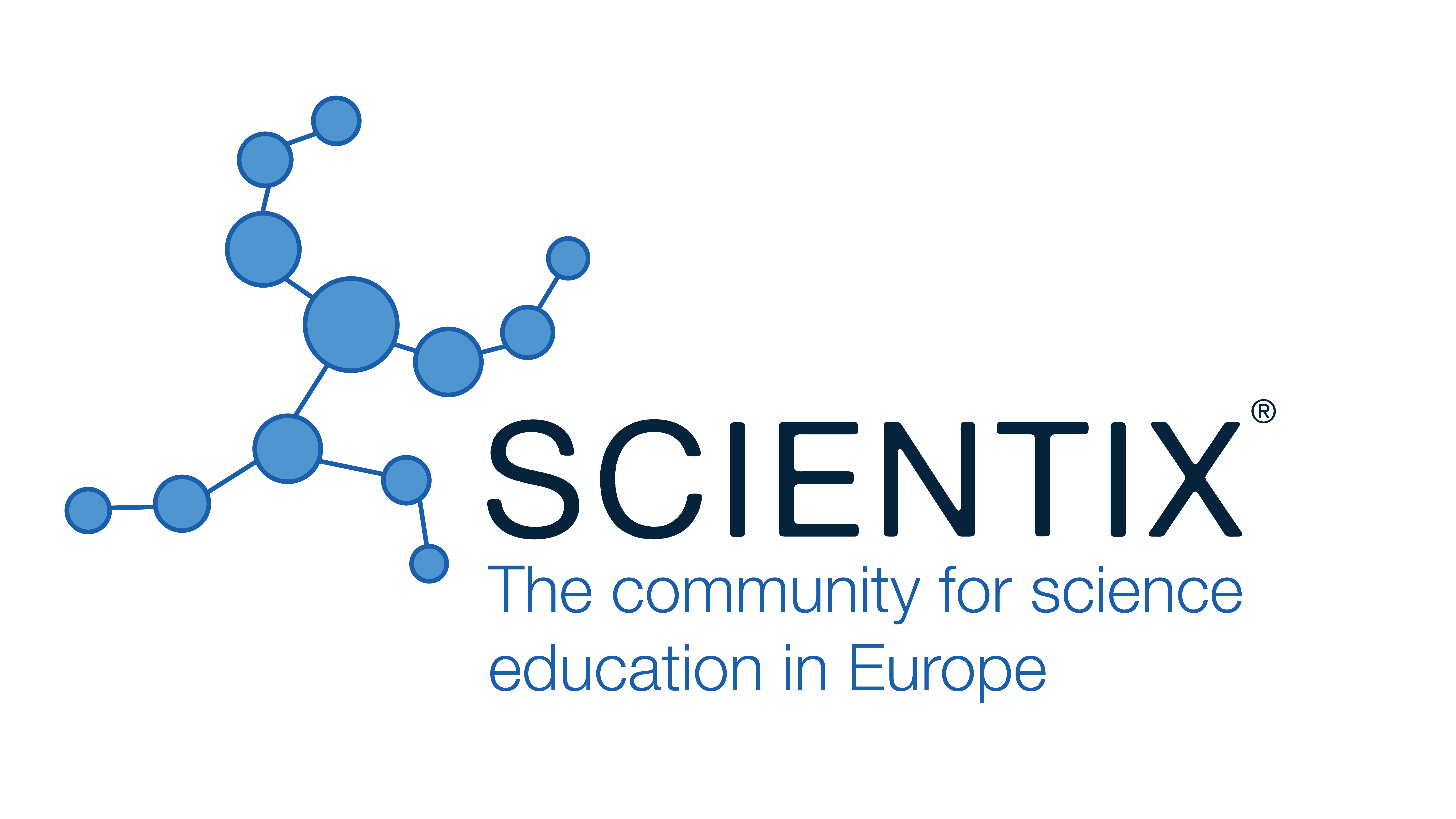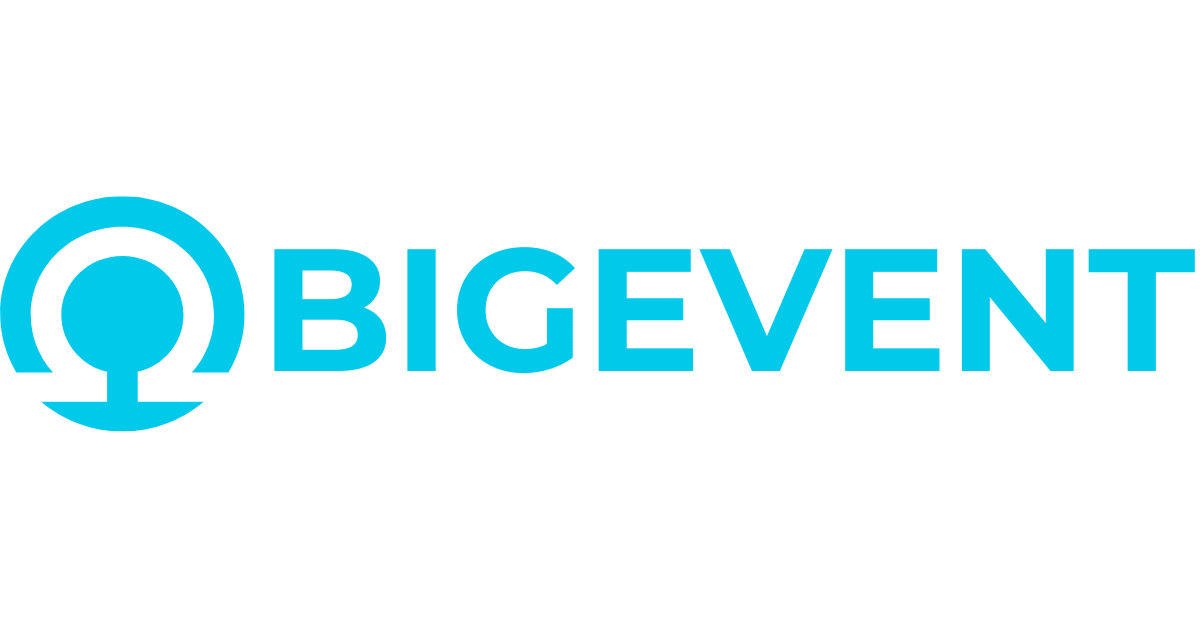Development of an Evaluation Model to Assess the Effectiveness of Peer Learning Compared to Traditional Learning
Godfrey Nkululeko Mazibuko, Durban University of Technology (South Africa)
Abstract
This study presents the development of a mathematical evaluation model aimed at evaluating the effectiveness of peer learning compared to traditional learning methods. The newly developed model is called Traditional versus Peer Learning evaluation model (TPL model). It is structured into four compartments: Skilled from Traditional Learning (), Unskilled from Traditional Learning (), Skilled from Peer Learning () and Unskilled from Peer Learning (). A key feature of the model is the inclusion of a parameter called the basic reproductive ratio, which determines the effectiveness of peer learning. In the case where peer learning is ineffective, we also introduced another parameter, the specific threshold (SP), which calculates the number of knowledgeable students required to make peer learning impactful. Lastly, the study outlines the application procedure for the TPL model, offering a systematic approach for evaluating and optimizing peer learning strategies in educational settings.
|
Keywords |
Peer learning, traditional learning, threshold, model and compartment |
|
REFERENCES |
1. [Hu, J. The Challenge of Traditional Teaching Approach: A Study on the Path to Improve Classroom Teaching Effectiveness Based on Secondary School Students’ Psychology. Lecture notes in education psychology and public media 2024, 50 (1), 213–219. https://doi.org/10.54254/2753-7048/50/20240945 2. Colvin, J.W and Ashman, M. Roles, Risks, and Benefits of Peer Mentoring Relationships in Higher Education. Mentoring & Tutoring: Partnership in Learning Vol. 18, No. 2, May 2010, 121–134 3. Ahmad, I.M. Mohamed, H.E. The Effect of Peer Learning vs. Traditional Learning on Knowledge and Clinical Performance of Critical Care Nursing Students. Journal of Education and Practice 2018, Vol.9, No.8, 139 – 142. 4. Schwerdt, G.; Wuppermann, A. C. Is Traditional Teaching Really All That Bad? A Within-Student Between-Subject Approach. Economics of Education Review 2011, 30 (2), pp. 365–379. https://doi.org/10.1016/j.econedurev.2010.11.005 5. Sabaq, A.; Farouk, M.; Ismail, S. Effect of Peer Teaching versus Traditional Teaching Method on Nursing Students’ Performance Regarding Pediatric Cardio Pulmonary Resuscitation. Tanta Scientific Nursing Journal 2016, 10 (1), 6–25. https://doi.org/10.21608/tsnj.2016.69231. 6. Tularam, G.A. Traditional vs Non-traditional Teaching and Learning Strategies – the case of E-learning! International Conference on Engineering Education and Research 2016, Sydney, Australia, pp. 1 – 8. 7. Ishchenko, O.; Verkhovtsova, O. Peer Feedback versus Traditional Teaching. JET (Journal of English Teaching) 2019, 5 (2), 115. https://doi.org/10.33541/jet.v5i2.1065. 8. Wang, Y. A Comparative Study on the Effectiveness of Traditional and Modern Teaching Methods. A. Holl et al. (Eds.): ICHESS 2022, pp. 270–277. 9. Guba, E.; Lincoln, Y. Effective evaluation: Improving the Usefulness of Evaluation Results through Responsive and Naturalistic Approaches. San Francisco: Jossey-Bass 1981, ISBN 0-87589-493-3, pp. 1-2. 10. Stufflebeam, D. L. Educational evaluation and decision making, Phi Delta Kappa 1971, Bloomington, Indiana, ISBN: 0875810802 9780875810805. 11. Aziz, S.; Mahmood, M.; Rehman, Z. Implementation of CIPP Model for uality Evaluation at School Level: A Case Study. Journal of Education and Educational Development 2018, 5(1), pp. 189 -203. 12. Scriven, M. Pros and cons about goal-free evaluation. journal of educational Evaluation 1972, 3(4), pp.1 – 7. 13. Worthen, B. R. Program Evaluation: Goal-free Evaluation. The international encyclopaedia of educational evaluation 1990, Toronto, ON: Pergammon press, pp. 42 - 47. 14. Youker, B.W. Goal-free Evaluation: Potential Model for the Evaluation of Social Work Programs. Social Work Research 2013, 37(4), pp. 432 – 438. 15. Zurqoni, Retnawati H., Apino E. and Anazifa R. Impact of Character Education Implementation: A Goal-Free Evaluation. Problems of education in the 21st Century 2018, 76(6), ISSN:1822-786. 16. Stake, R. E. Evaluating the arts in edu¬cation: A responsive approach. Columbus, Ohio: Charles E. Merrill 1975, pp. 13 – 31. 17. Wood, B.B. Stake's Countenance Model: Evaluating an Environmental Education Professional Development Course. The Journal of Environmental Education 2001, 32(2). 18. Dewantara, I.P.M. Stake Evaluation Model (Countenance Model) In Learning Process Bahasa Indonesia at Ganesha University of Educational. International Journal of Language and Literature 2017, 1(1), DOI: 10.23887/ijll.v1i1.9615. 19. Eisner, E. W. The educational imagination: On the design and evaluation of school programs. New York: Macmillan 1979, ISBN: 002332130X 9780023321306, pp. 1 – 293. 20. Lewy, A. The practice of curriculum evaluation”, Israeli ministry of education and culture. Tel-Aviv university 1973, Curriculum Theory Network 11, pp. 6-33. 21. Walker, D.; Schaffarzick, J. Comparing Curricula. Review of Educational Research 1974, 44(1), pp.83 – 111. 22. Parlett, M.; Hamilton, D. Evaluation as illuminations: A new approach to the study of innovatory programs”, Occasional paper 9 of the Centre for Research in the Educational Sciences 1977, University of Edinburgh, pp. 1 - 35. 23. Sage, M. Utilization-Focused Evaluation. Kluwer international handbook of education book series (SIHE) 1978, vol. 9, pp. 223 - 242. 24. Apple, M.W. Analysing determiners: Understanding and evaluating the production of social outcomes in school. University of Wisconsin, Curriculum Inquiry 1980, pp. 55-76. 25. Kermack, W.O.; McKendrick, A.G. A contribution to the mathematical theory of epidemics. The Royal Society Publishing, Online ISSN:2053-9150, Volume 115, 1927; pp. 700–721. 26. Mazibuko G.; Maharaj A. Explorative Study of Developing a Mathematical Model for Evaluating HOTS in the Mathematics Curriculum Operating in the KZN TVET Colleges, Educ. Sci. 2024, 14, pp. 2 - 21. 27. Mazibuko, G. N.; Maharaj A. Development of the RCUSP Model for the Purpose of Improving the Curriculum Evaluation. Educational Administration: Theory and Practice 2024, 462–474. https://doi.org/10.53555/kuey.v30i9.7779 28. Rodrigues H. S. Application of SIR epidemiological model: new trends. International Journal of Applied Mathematics and Informatics 2016, 10: pp. 92–97. 29. Mohamed L. and Dilip K.B. Estimation of SIR model’s parameters of COVID-19 in Algeria, Bulletin of the National Research Centre 2020, pp. 1 – 6. https://doi.org/10.1186/s42269-020-00434-5 30. Topley, G.S.; Wilson S.G. The Spread of Bacterial Infection. The Problem of Herd-Immunity, Jhyg 1923, 243 -249. 31. Anderson, R.M.; May, R.M. Vaccination and herd immunity to infectious diseases, Nature 318, 1985, 323–329. 32. Anderson, R. M. The concept of herd immunity and the design of community-based immunization programmes, Vaccine 10, 1992, 928–935. 33. Smith, P. G. Concepts of Herd Protection and Immunity. Procedia in Vaccinology 2010, 2 (2), 134–139. https://doi.org/10.1016/j.provac.2010.07.005. |
 New Perspectives in Science Education
New Perspectives in Science Education





























